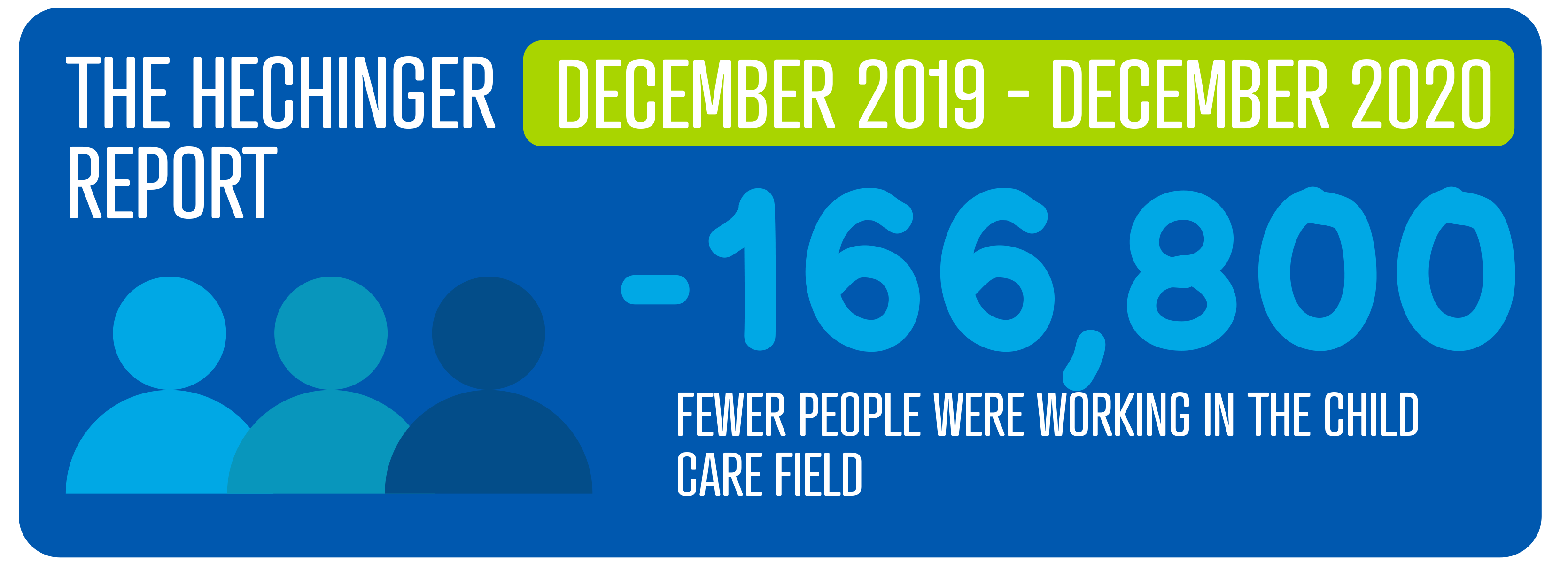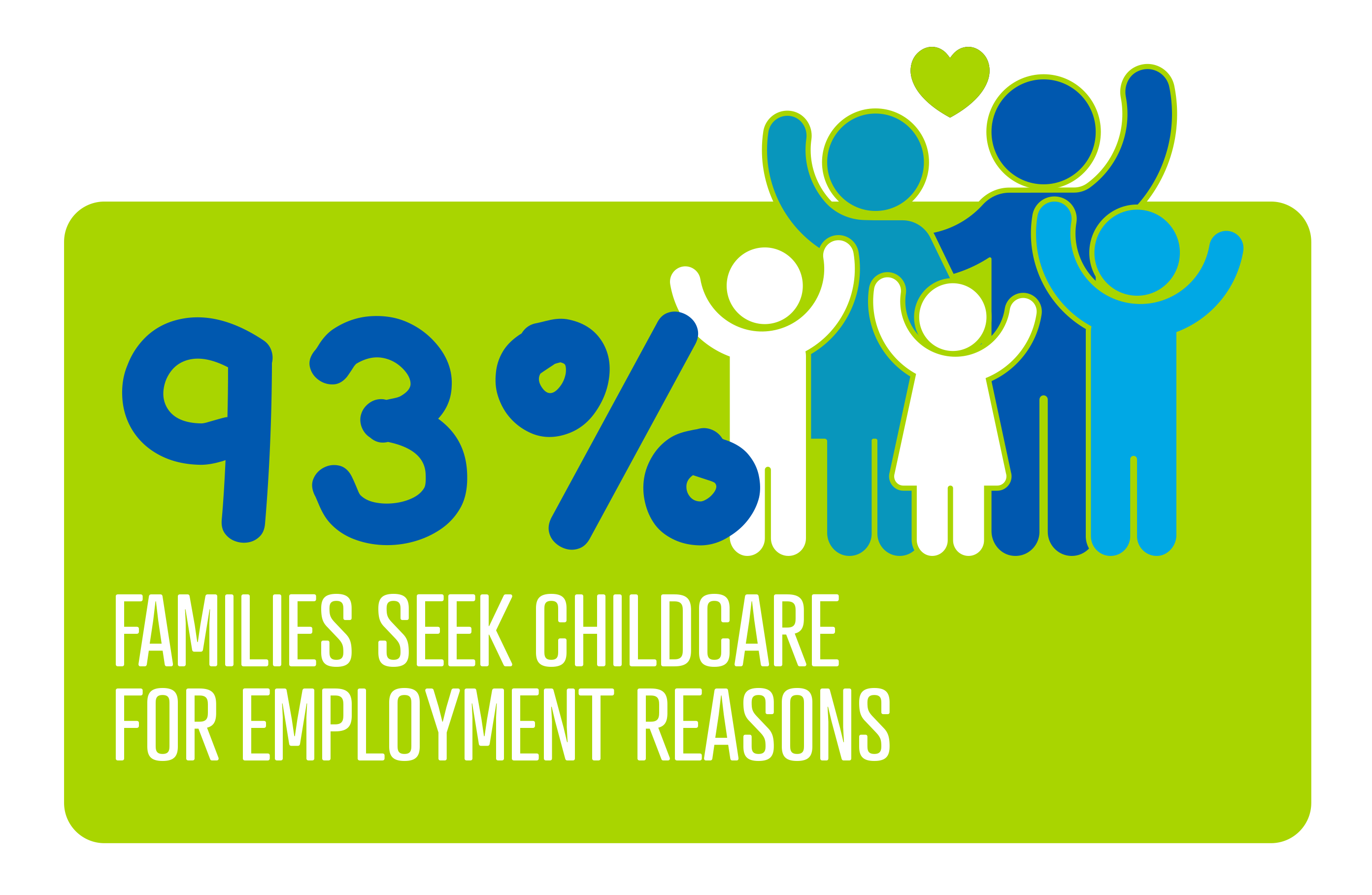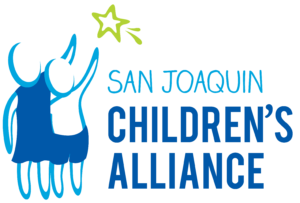2020 was an extremely difficult year for the child care system. Many child care providers had to close.
California experienced a 33% reduction in child care centers between 2020 and 2021.
And the early education workforce was disrupted.


Why is this important?
Local data reports that the primary reason (93%) families seek childcare is for employment reasons[1]: No childcare, no employment. The largest need being infant/toddler and full day/year preschool programs.
But with a significantly reduced early education workforce, finding qualified staff is the major challenge facing child care providers today. No staff, no childcare.
Another provider reports a waitlist of 900 children needing childcare.
“Without enough qualified educators, we risk not only failing to meet the needs of our youngest learners, but also impeding their path toward academic and personal growth,” says Kai Kung, Co-CEO of San Joaquin A+.
One of the reasons organizations are struggling to find ECE staff is the pay inequity. Compared to a T-K Teacher which teaches the same population as a preschooler, an ECE teacher makes 26% less[1].
Jose Rodriguez, CEO of El Concilio which is one of the largest child care and preschool providers in our community says, “If we truly value education as a society we need to understand that it starts with Early Childhood Education and making sure that the littlest learners have the best teachers. In order to have the best teachers we need to raise salaries and make ECE a viable career choice.”
Advocacy for increased funding and salaries is critical to the future of this industry.
To meet the immediate need, and with the help of the Heising-Simons Foundation, the Children’s Alliance has developed an early education career pipeline. This pilot investment in high school students considering a career in early childhood education is called Paid Pathways to teaching Preschool – P3.

With P3, junior high school students enrolled in their school’s Career Technical Education (CTE) also enrolls in Delta College, and works a paid internship at a nearby preschool classroom during the school year. This is particularly helpful to students for whom transportation is a challenge. Students completing this program will have earned an Associate or Assistant Teaching permit by the time they graduate high school, giving them an edge in securing immediate employment.
Family Resource Center’s Chief Operating Officer, Leslie Reece leads the Early Head Start Child Care Partnership, CA State Pre-school Programs and Family Child Care Home Networks and represents the voice of Family Child Care Providers in those programs. Leslie states, “These students would have a leg up and be hired first in a variety of child care settings across the County!”
